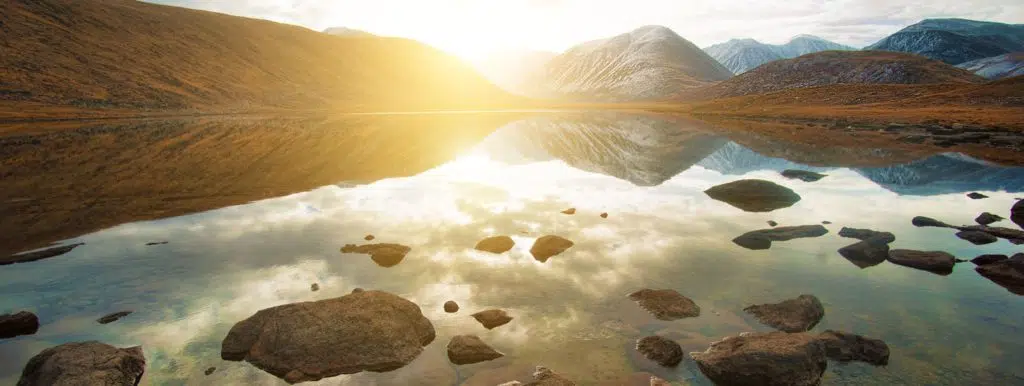Located at a region of the highest degree of continentality, Mongolia experiences extreme variations in annual temperatures (of up to around 51°C in Tumentsogt (47.4° N, 112.5° E), where a mean summer high is 27.5°C and a mean winter low is -23.5°C). As a landlocked country beyond the Asian summer monsoon bands, precipitation is sparse: precipitation levels reach between 300-400 mm per year in the mountainous north, 150-250 mm/year in the central steppe regions, and 50-100 mm/year in the southern Gobi regions, nearly all of which falls in the summer months of June, July and August. As a result, there are typically 230-260 sunny days—from which Mongolia derives its status as “Land of the Blue Sky.”
In general, weather in Mongolia is changeable; sometimes within a single day one can experience all four seasons. Below are some travel tips on Mongolia weather, tips for temperature estimates and clothing, and times of the year it’s best to travel to Mongolia. Enjoy!
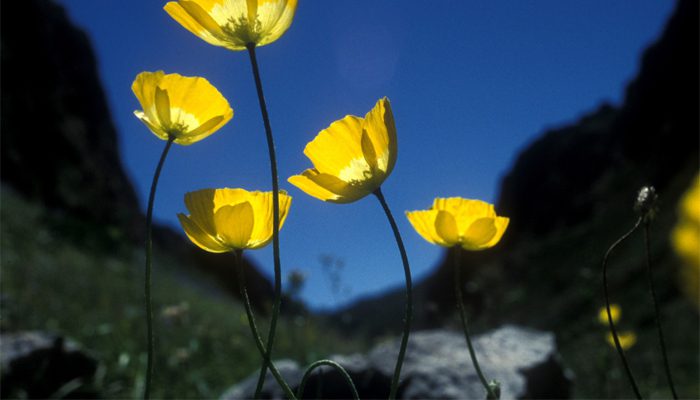
Spring
Of the four distinct seasons, spring in Mongolia is notorious for its whims and unpredictable weather. Mongolians say, “like a spring sky (хаврын тэнгэр шиг),” in reference to moody behavior. Dusty winds are a regular occurrence, which are described as “rib-penetrating” (Хаврын салхи хавирга нэвтэрнэ). March and April are widely considered the hardest months because livestock are thin and weak after a long winter, and rain is rare. Winter chills can last until mid April, after which spring arrives in full bloom. When you travel to Mongolia in the spring bring a veil or a scarf to protect yourself from dusty wind, and you‘ll experience the refreshing sight of newborn offspring and their baby-like cries.
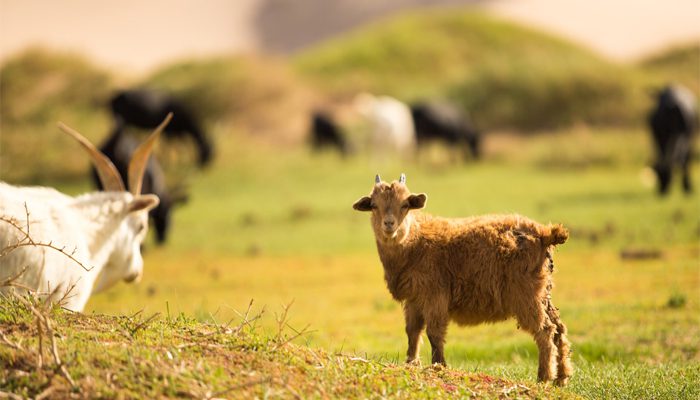
Summer
Most people traveling to Mongolia come to visit during the summer season. June is relatively dry except in the more northerly regions. Though the temperatures can rise up to 40°C (104°F) in summer, especially in Gobi regions, dry air makes it tolerable. Despite the heat, nights tend to be chilly—even in the Gobi Desert—so make sure to bring warm layers. Many people are attracted to the Mongolian Naadam Games, which makes July the peak tourist season. Make sure to bring a raincoat as most rain falls in summer, though it tends to be in short bursts.
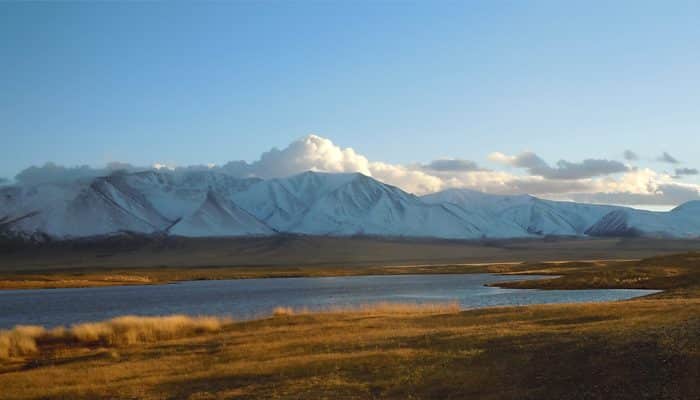
Autumn
Though autumn officially starts in September, the Mongolian saying goes, “Autumn is after Naadam.” Indeed, summer starts fading away in August, bringing what are certainly the most amiable days for travelling. Although short, autumn’s moderate heat and stark colors are not to be missed before the cooling of late October/early November. Autumn is perfect for traveling to Mongolia because it isn’t crowded—you may even be the only travelers around, especially in regions of the Gobi Desert.
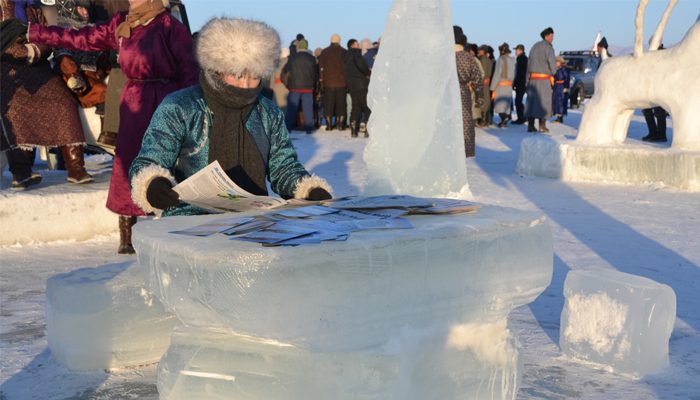
Winter
“…On his feet he wears a pair of enormous leather boots with pointed toes. These are always many sizes too large, for as the weather grows colder he pads them out with heavy socks of wool or fur…”
Thus Roy Chapman Andrews described the snowy boots of a Mongolian from northern lands in his Across Mongolian Plains: A Naturalist’s Account of China’s “Great Northwest.” Indeed, winters here in Mongolia are harsh and long—seasons that range at their start from October to November. However, as in summer, dry air ameliorates the edge of the cold and travel within the country can be quite invigorating.
Whatever season you prepare to travel to Mongolia in, know that you’re in good hands. Contact Us for further questions, and click on the links above to read about travel to Mongolia in each season!
This post was constructed by independent blogger Setsen Altan-Ochir.

